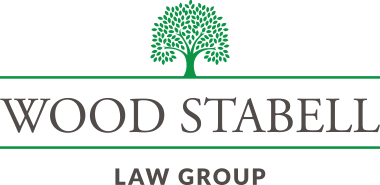Menu
Risk Management 101: Documenting your file
July 6th, 2020
For anyone who has attended a risk management seminar the phrase “document, document, document” can sound like a broken record. “Why do these people keep repeating something so basic” you might ask yourself. Documenting your agency management system or file can mean the difference between paying a claim or not paying a claim. It is that simple.
Why is something that seems so simple so hard? I can think of a few reasons.
Best Practices are not reinforced and checked.
First, an agency’s internal practices and procedures are not consistent or not required. Even if you have a “policy” to document important conversations with clients, is that policy reinforced? Do you spot check? Here is a way to spot check a file for proper documentation. Have someone not familiar with a file or an account go through the file and answer a series of questions:
- Who is the insured?
- What are they insuring?
- How much insurance would you recommend?
- When was the last time a review or questionnaire was sent to the client?
You get the picture. If someone not familiar with a file can recreate the steps to investigating, quoting and binding the policy, odds are the documentation is in good order. After a spot check, have the reviewer sit down with the producer and customer service representative and talk over what they found. If there are any discrepancies between what the producer and CSR know and what the outsider found – fix it.
It didn’t seem like that big of a deal.
Another reason that documentation can be overlooked is because the interaction seems commonplace and unimportant at the time. Something as simple as “but, they asked for those limits” if not documented at the time of the conversation can turn into a swearing match. Failure to fully document a conversation also happens more frequently when the conversation is in person.
Assuming you ever meet face to face with a client again, remember that it is important to document what recommendations and decisions are made in the meeting. If a claim arises and you disagree with your insured’s memory, without file documentation a judge or jury is left to weigh the credibility of each side’s story.
I don’t want to seem pushy.
We talk about checklists, confirming conversations in writing with the insured and asking for signed confirmation of rejected coverages. Could it be some of these recommended practices make you uncomfortable? You may not want to overstep in your relationship by asking a client to sign or confirm something they just told you. But it is in both of your interests. At the least, asking for a confirmation could trigger the insured to reconsider declining coverage, and at best it will protect you from a claim you never offered the coverage.
A checklist in your file, initialed by the insured indicating he rejected coverage will be your strongest defense to a claim that you filed to offer the coverage. An email confirming that the insured wants to keep limits where they are instead of increasing them will made an error such as failure to place coverage or inadequate limits is to have your file documented. Change your approach to a positive that you want to make sure you are properly representing the insured and will confirm the conversation for their protection.
Being too familiar
Let’s face it, some of your best clients are or have become some of your closest friends. Familiarity can breed complacency, especially when it comes to documentation. If you make recommendations one year, or even over the years that are regularly rejected, you could find yourself forgoing the “process” of review and recommending because of habits that have formed. If you fall into this habit, you are also not documenting your file that you are following your own practices. Should a claim happen your friend is going to ask why you didn’t recommend the higher coverage or endorsements to the policy. Without regular documentation that you did recommend these changes annually, you could end up with a claim and a damaged relationship.
If after reviewing this article you don’t know what to say, or don’t have a checklist already in use, ask your E&O carrier. They will often have samples or their own risk management resources.
Just remember, it’s the easiest thing you can do to protect yourself and your agency.
The information provided in this article is for informational purposes only and does not constitute legal advice. No attorney-client relationship is formed by virtue of this article. For specific legal advice related to your situation, please consult with a qualified attorney.
Categories: Uncategorized


